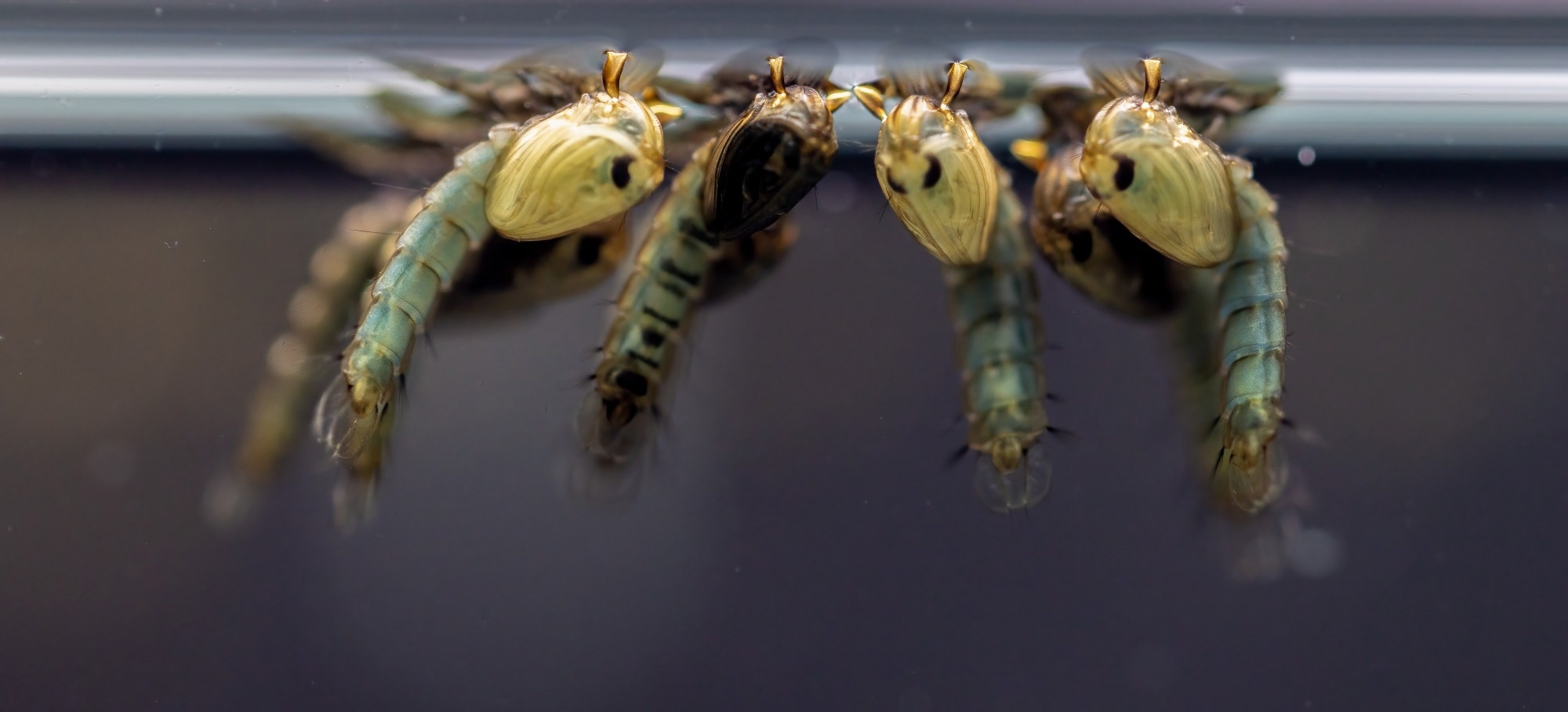This Genetic Hack Could End Malaria Forever! ⚠️

Imagine a world where malaria, a disease that claimed the lives of 600,000 people last year, especially children, could be nearly eradicated by a simple genetic tweak. Sounds like science fiction? Well, recent groundbreaking research is turning that dream into reality!
In a fascinating study published in the prestigious journal Nature, a team of researchers has taken a bold step towards combating malaria through genetic engineering. They discovered a way to edit the genetics of Anopheles stephensi mosquitoes, introducing a specific allele of the FREP1 gene that dramatically reduces the transmission of malaria. But what does that mean for the future of public health?
The Battle Against Malaria
Malaria is not just a statistic; it’s a global health crisis that primarily affects vulnerable populations in sub-Saharan Africa and South Asia. In 2023 alone, the disease took an unimaginable toll, with the majority of fatalities being children. Traditional methods like insecticide-treated bed nets and antimalarial drugs are now facing an uphill battle against resistant strains of mosquitoes and parasites. This dire scenario calls for innovative solutions, and gene-drive technologies could be our best hope.
What’s the Science Behind It?
Utilizing cutting-edge CRISPR technology, the research team focused on the fibrinogen-related protein 1 (FREP1) gene, specifically the Q224 allele. This genetic modification not only makes the mosquitoes resistant to the malaria parasite but also minimizes any detrimental effects on the mosquito’s survival and reproduction. By modifying the genetics of these mosquitoes, researchers are pioneering a method that could lead to long-term population-wide benefits.
The study involved creating two different strains of Anopheles stephensi—one with the original FREP1 allele and one with the newly edited Q224 allele. Through extensive fitness assessments, the results were surprising: the modified mosquitoes displayed little to no reduction in lifespan or reproductive capabilities compared to their wild-type counterparts!
Stunning Results
The infection experiments revealed a dramatic drop in malaria transmission. When exposed to the malaria parasite Plasmodium falciparum, the modified mosquitoes showed a staggering 50-80% decrease in infection rates. Even at high levels of the parasite, the protective allele effectively reduced the parasite's prevalence and load in the mosquitoes.
This means that the modified mosquitoes are not just carriers; they could actively contribute to lowering malaria transmission rates in human populations. The research even showed that, over multiple generations, the frequency of the protective allele surged from 25% to a jaw-dropping 90%, thanks to a clever genetic mechanism that allowed for the rapid spread of this advantageous trait.
Looking Ahead
So, what’s next? While these findings are revolutionary, they also come with a heavy responsibility. Ethical considerations and ecological impacts must be meticulously planned before such genetic interventions are deployed in natural populations. Despite these challenges, the potential to significantly lower malaria transmission without harming the mosquito population offers a glimmer of hope in our ongoing battle against infectious diseases.
This study not only highlights the power of genetic engineering in solving real-world problems but also sets the stage for future innovations—maybe someday, we'll be able to convert insecticide-resistant mosquitoes back to susceptibility or introduce new protective alleles altogether.



























